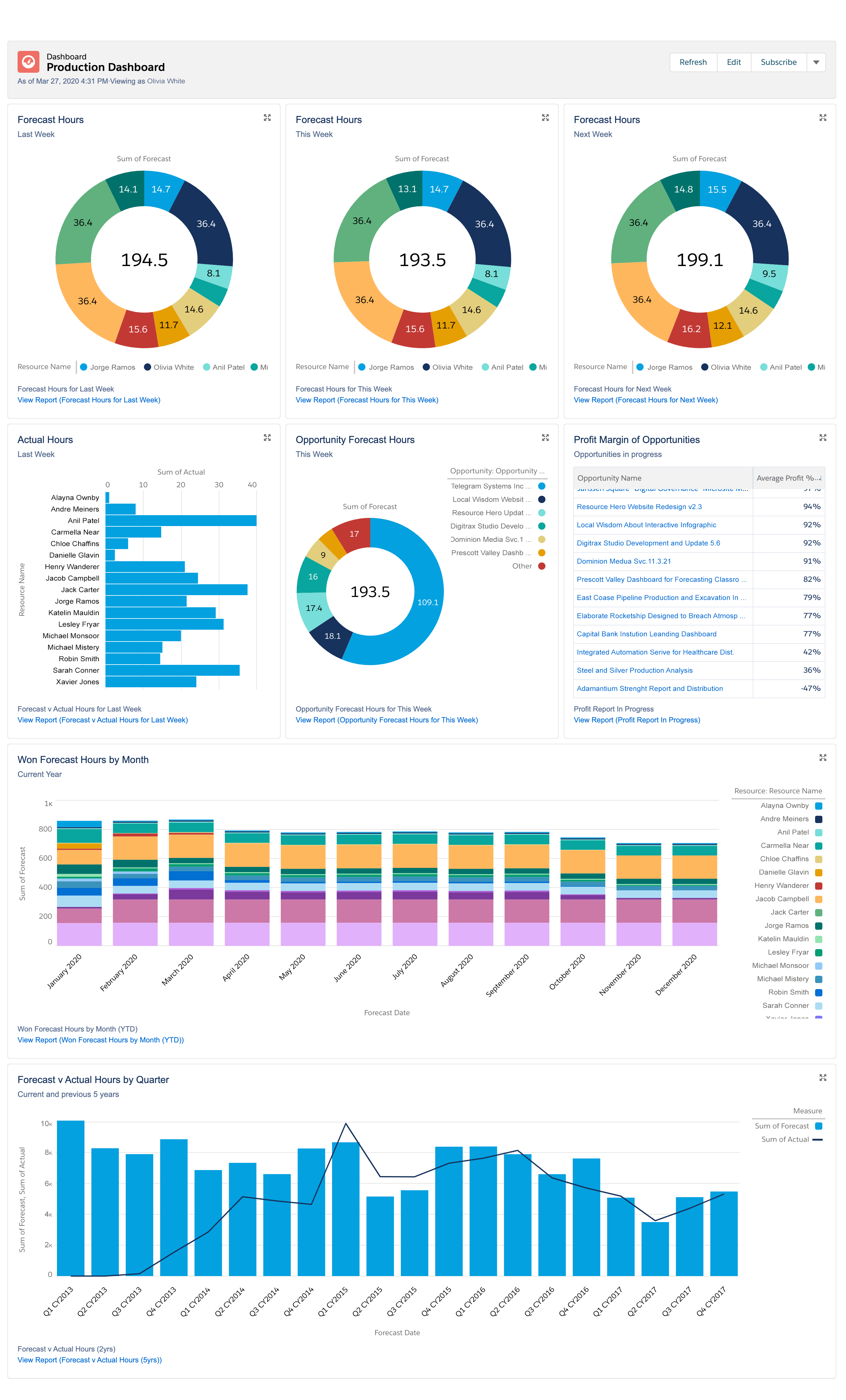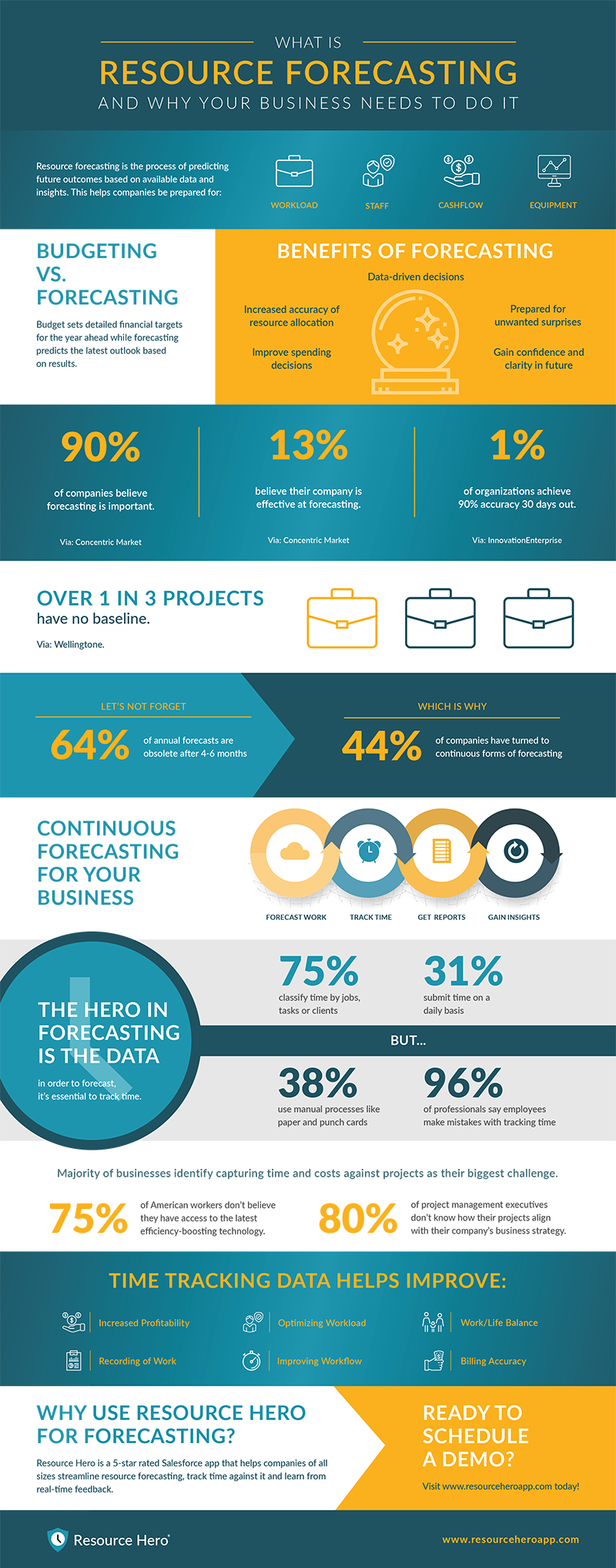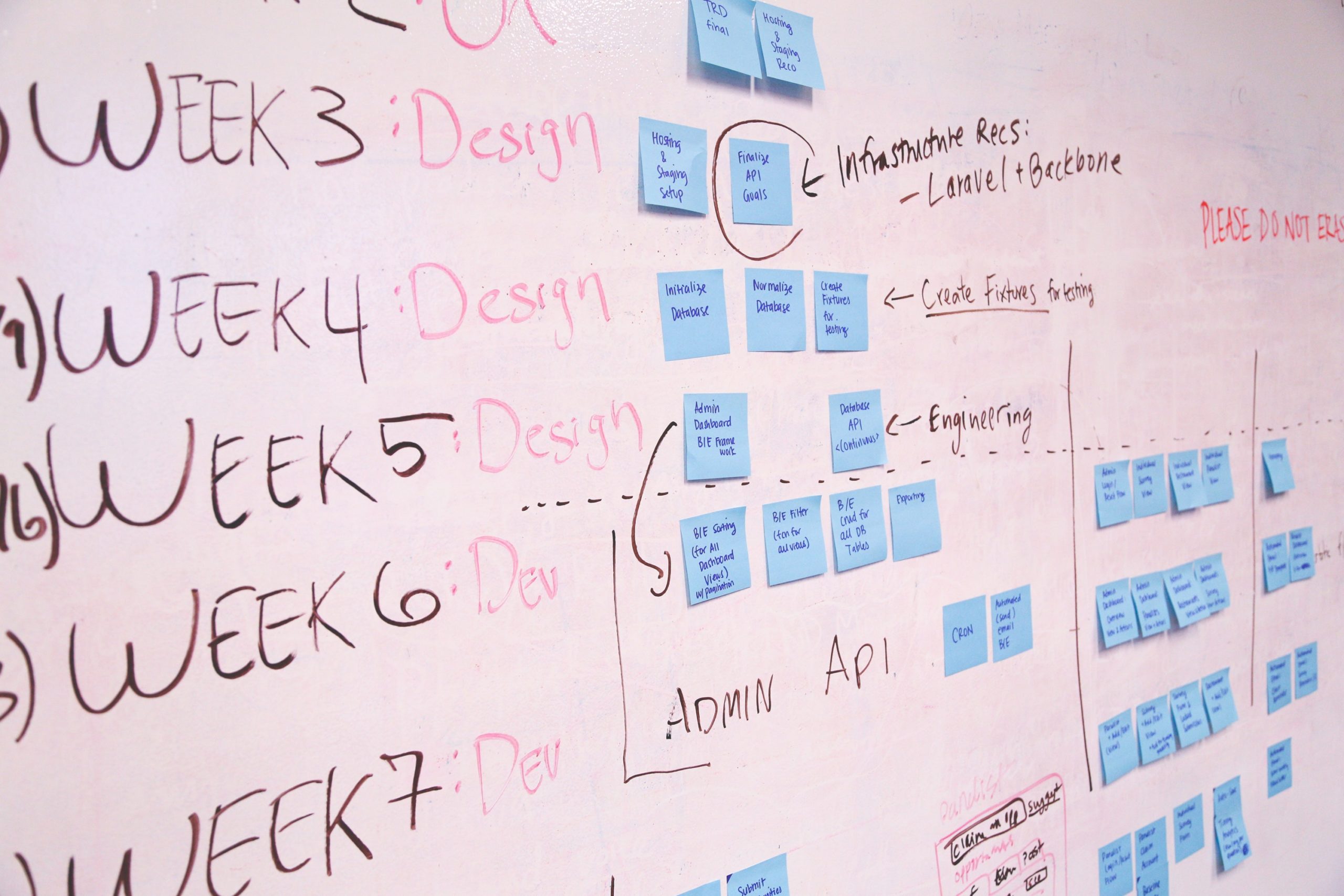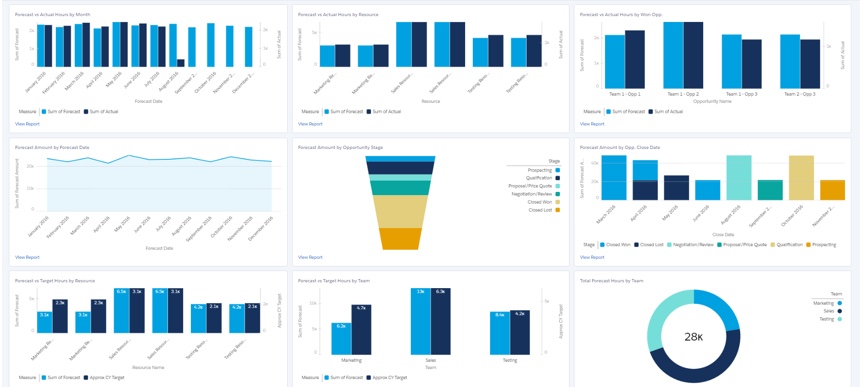Blog
Headline
You’ve heard the saying, “there are not enough hours in the day.” However, maybe the real issue isn’t that there are not enough hours in the day, but rather there are not enough resources on your team. Personnel is your most precious resource when it comes to effective project management. The challenges that come from not properly utilizing these resources could be devastating to the overall success of a project.
What is Resource Planning?
Resource planning and management are special talents that every project manager shares. A project requires specific tools as well as team members working in harmony to be successful. Therefore, those resources must be identified and assigned appropriately. This planning involves allocating the right resources—to the right projects—at the right time. But if only it were that simple!
As you plan which resources to allocate to certain projects, there are a variety of different factors to consider, including:
- Utilization Rates
- Efficiency
- Profitability
- Availability
Project managers often face many challenges ranging from poor resource planning to conflicting resource priorities and inadequate information on which resources are available. Some of these challenges can significantly impact your business’s ability to get projects completed correctly, on time, and within budget.
Resource Hero gives project and production managers a way to easily track projects that are upcoming, in-flight, and on deck, along with the people assigned to them. Below is an example production dashboard to help managers see the current state of their resourcing and workload.

Challenges to Avoid with Resource Planning
Resources are limited; therefore project managers must plan appropriately. When it comes to managing personnel, there are many outside factors to juggle that make projects even more unpredictable. These are the most common challenges project managers face while planning resources.
1. Lack of Communication
Communication is key. Ineffective communication between team members can lead to issues that will ultimately affect your bottom line. If goals and expectations are not clear and progress is not communicated, team members may not be working towards the same goals, and their skill sets will not be used to their fullest potential.
Effective communication in the workplace not only strengthens relationships among team members but also helps to complete projects that generate positive results efficiently. Projects rarely go as planned. Teams must remain flexible and clearly communicate with one another. Establishing a solid foundation from the start will eliminate the likelihood of miscommunications throughout the entirety of the project.
2. Risks are Not Assessed
A risk is an uncertain event or condition that might affect your project. Project managers must be able to identify potential risks that can cause friction for your project, analyze how likely these problems are to occur, and strategically plan to prevent the risks that are avoidable and minimize the ones that are not. Risk assessment associated with processes, technology, and unforeseen events is beneficial to every business to avoid potential conflict. But what about risk assessment with your resources?
Smooth sailing on a project is never guaranteed, especially when it comes to your human resources. The more disciplined your process is for identifying and managing risks, the better prepared your team will be to navigate through challenges that arise when allocating specific resources.
3. Shortage of Appropriately Allocated Resources
Your various projects should not be competing for resources. Take into consideration each of your resources—understand their skill sets, efficiency, and availability. Are your resources being spread too thin? If the workload is too heavy for your resources, project managers will experience:
- Decrease in the quality of projects
- Missed deadlines
- Increase in frustration and stress with employees
- Higher turnover
So, how do you properly allocate which resources go to certain projects when most teams rarely have sufficient resources to distribute among projects? It’s important to strictly allocate appropriate time frames for each resource. Understand the scope of the project without over-promising and plan accordingly to complete projects on time and within budget.
4. Skills are Underutilized
Are your resources being used to their fullest potential? As the to-do list continues to grow for your team members, it is important to align projects and skillsets. If not, your team is left focusing on busywork rather than tasks that will help meet organizational goals. When skills are being underutilized, resources are not being used their fullest potential and team members can become bored and feel undervalued because the work is not challenging.
It’s all about understanding strengths and weaknesses. Team members are the most valuable resources and must be utilized accordingly. Prioritize tasks based on skill sets. By allocating the proper resources to certain tasks based on expertise, the team will remain productive and become motivated by their work.
5. Deadlines are Unrealistic
Unrealistic or tight deadlines are a recipe for disaster. Think back to a time you promised to deliver something entirely too soon. Why did you do it? Oftentimes, it’s not because project managers do not understand the scope of work. Perhaps you did not factor in time for potential risks, or you were just trying to please the stakeholders. Whatever the reason, your resources will be rushed, and performance will deteriorate because of the added pressure.
Deadlines exist to remain productive and to ensure quality work! Make sure to set attainable deadlines during each stage of the project and check in with all resources as the project progresses. By placing realistic time frames right from the start, you will earn credibility with the project stakeholders and your team members.
6. Poor Documentation
Knowledge is power! Documenting resource allocation and utilization while managing projects is crucial for an organization. When project managers fail to properly document, they are not able to measure the success or efficiency of a project.
Whether it’s done manually or with software, accurate and timely documentation of resource allocation and utilization will help immensely with project management. Have all your resource documentation in a commonplace, so it’s easily accessible for the team to see the big picture. Information like resource availability projected hours and tracked hours allow project managers to measure productivity and billable utilization to confidently allocate resources for future projects.
7. Transitioning Resources
Employees commonly juggle multiple projects or responsibilities at one time—and sometimes, it’s without any given notice that more projects are added to our workload. Without an adequate transition process, the different projects run the risk of being muddled together and resources may become less productive.
With a clear direction and a firm understanding of the roles and responsibilities of each project, team members will have all of the information needed to be successful in their project. In order for the transition to be nearly effortless, project managers must equip their resources with all appropriate details.
Resources are your most valuable contributions when it comes to the success of your projects. As project managers, it is your responsibility to distribute the appropriate resources for each project to achieve goals and meet deadlines. Understanding the challenges associated with resource management can help prevent their misuse.
Can we serve as a resource to your team? Resource Hero helps project managers better plan and manage their resources. If you’d like to learn more about how Resource Hero can help manage your projects, call us or schedule a demo to learn more.





